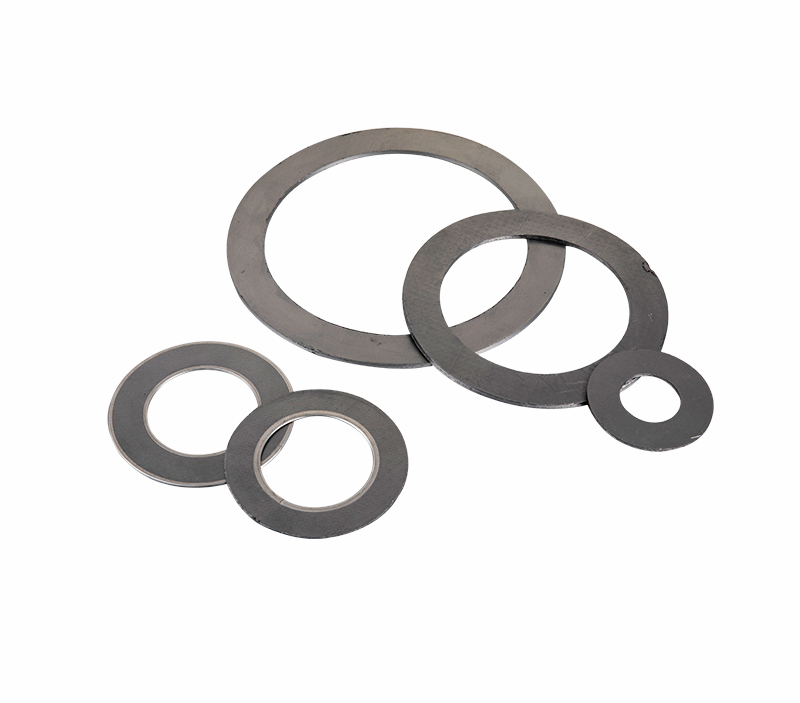What are the characteristics of graphite gaskets?
Graphite gaskets are widely used static seals. Graphite, a form of carbon, is an inert material that resists chemical attacks even at high temperatures. Because it is an inert material, it has a low tendency to react or contaminate with other substances. Graphite also has a low coefficient of friction, which is useful when used to seal joints, and gaskets made from graphite sheets easily accommodate the load forces when flange faces are tightened.
The graphite sheets used to produce the gaskets will support high temperatures. Typical temperature ranges include -240°C to 510°C in an oxidizing atmosphere and pressures up to 2000 psi. High-purity graphite flakes can become brittle, so high-purity graphite flakes are often reinforced with metal core inserts to provide additional strength and stability.
Applications involving high temperatures are challenging for many gasket materials. Non-graphite gasket materials, such as nitrile rubber, silicone, PTFE, etc., can only withstand a certain temperature. For example, nitrile gaskets can be used up to 95°C, while silicone and PTFE can be used up to 200°C and 260°C, respectively. For applications with temperatures above these temperatures, graphite gaskets are preferred.

 English
English CHINESE
CHINESE Espana
Espana Arab
Arab Language
Language


